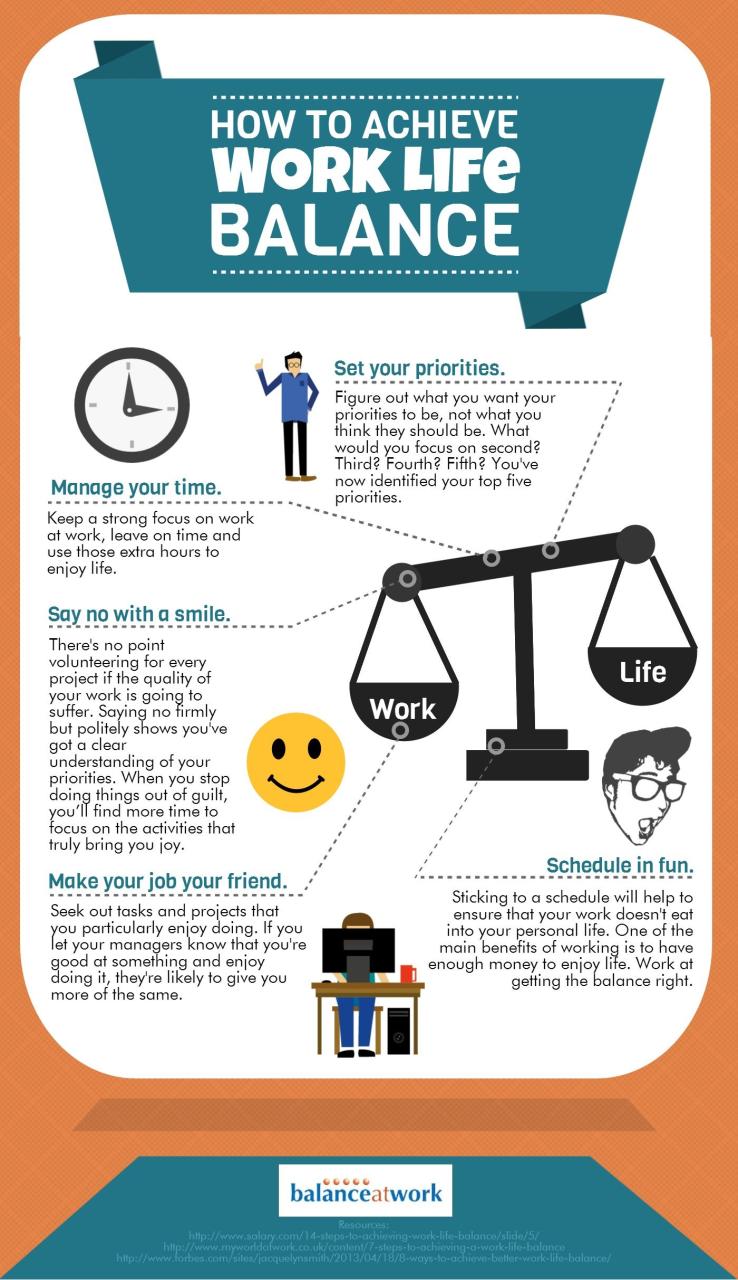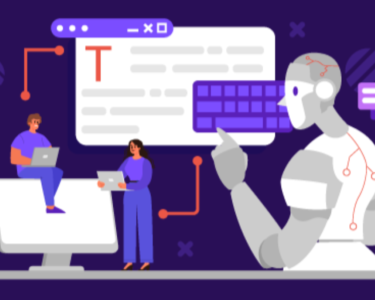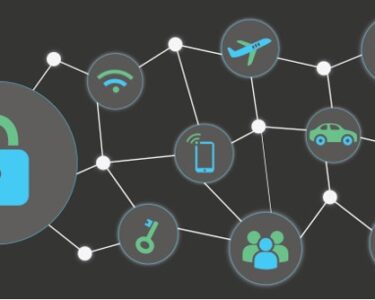
Digital Work-Life Integration: Navigating the Challenges and Opportunities
In the digital age, the lines between our professional and personal lives have become increasingly blurred. As technology advances, we are constantly connected to our devices, making it harder to disconnect from work. This has led to the emergence of digital work-life integration, a concept that explores the ways in which we can balance our digital lives with our personal well-being.
Challenges of Digital Work-Life Integration
- Constant availability: Smartphones and laptops allow us to work from anywhere, anytime. This can lead to a sense of being always "on call," making it difficult to unplug and recharge.
- Boundary erosion: Digital tools blur the boundaries between work and home. Emails, instant messages, and video calls can intrude into personal time, making it hard to fully disconnect.
- Work overload: The constant accessibility of technology can lead to feelings of pressure to work longer hours and respond more quickly. This can contribute to burnout and stress.
- Sleep disruption: The use of electronic devices before bed can interfere with sleep quality. The blue light emitted from screens can suppress melatonin production, making it harder to fall asleep.
Opportunities for Digital Work-Life Integration
- Flexibility: Digital technology offers flexibility in where and when we work. This can allow for more control over our schedules and the ability to prioritize personal time.
- Improved communication: Collaboration tools such as video conferencing and instant messaging can enhance communication and productivity, potentially reducing the need for face-to-face meetings.
- Wellness applications: Smartphones and wearables offer apps that track our sleep, physical activity, and mental well-being. These tools can help us monitor and improve our overall health and reduce work-related stress.
- Technology boundaries: We can set limits on our technology use by disabling notifications during tertentu hours, blocking distracting websites, and using digital detox apps.
Strategies for Digital Work-Life Integration
- Establish clear boundaries: Set specific hours for work and stick to them. Communicate these boundaries to colleagues and family members.
- Take regular breaks: Schedule short breaks throughout the workday to step away from technology and recharge. Use these breaks for activities that promote relaxation, such as taking a walk or listening to music.
- Designate a workspace: Create a dedicated workspace that is separate from your personal space. This helps to establish physical and mental boundaries between work and personal life.
- Prioritize personal time: Make time for activities that bring you joy and fulfillment, such as spending time with loved ones, pursuing hobbies, or exercising.
- Disconnect before bed: Limit your screen time for an hour or two before going to bed. This gives your body time to wind down and prepare for sleep.
Conclusion
Digital work-life integration is an ongoing challenge in the digital age. By understanding the challenges and opportunities associated with this concept, we can develop strategies to balance our digital lives with our personal well-being. By setting clear boundaries, taking regular breaks, and prioritizing personal time, we can create a more fulfilling and sustainable work-life balance in the era of constant connectivity.


